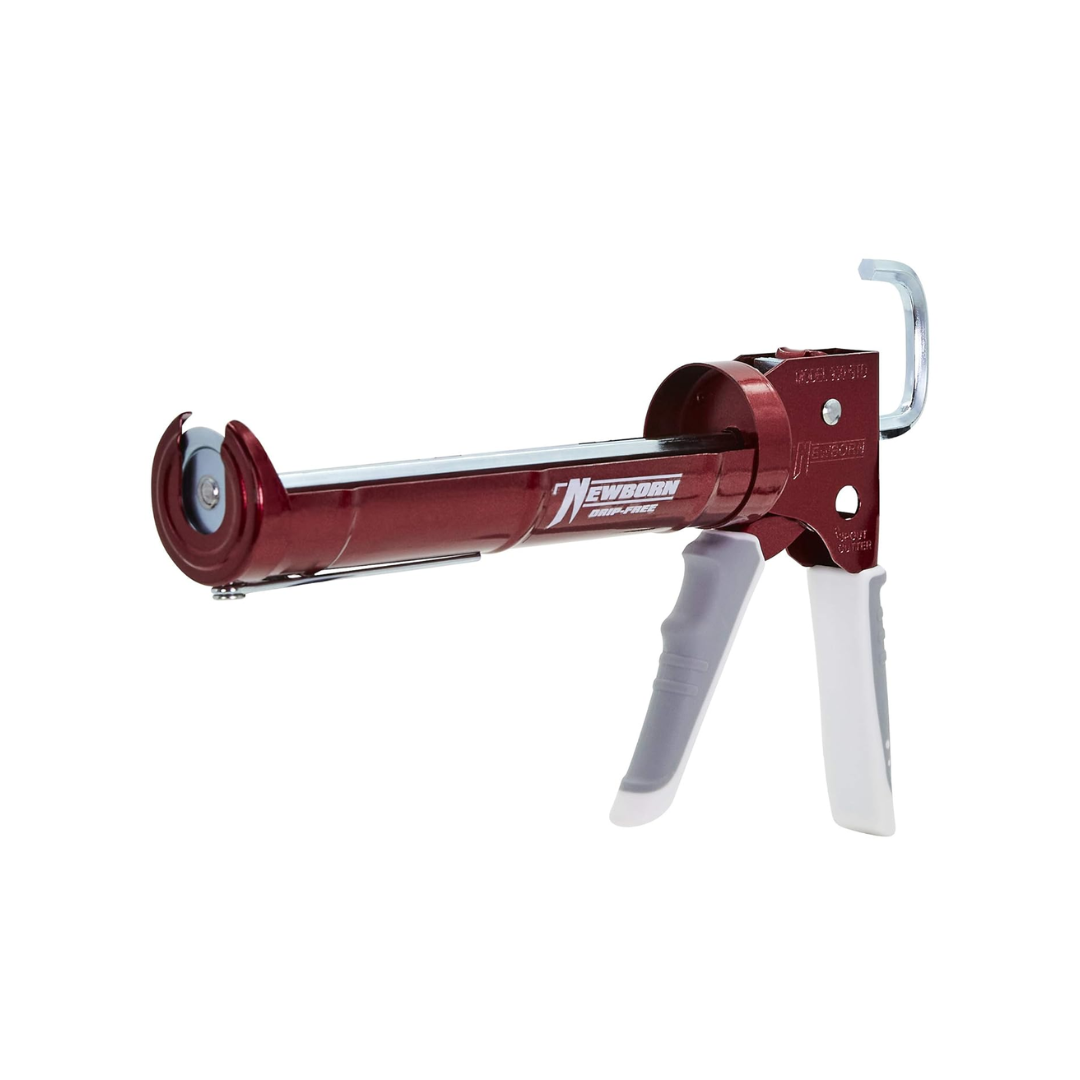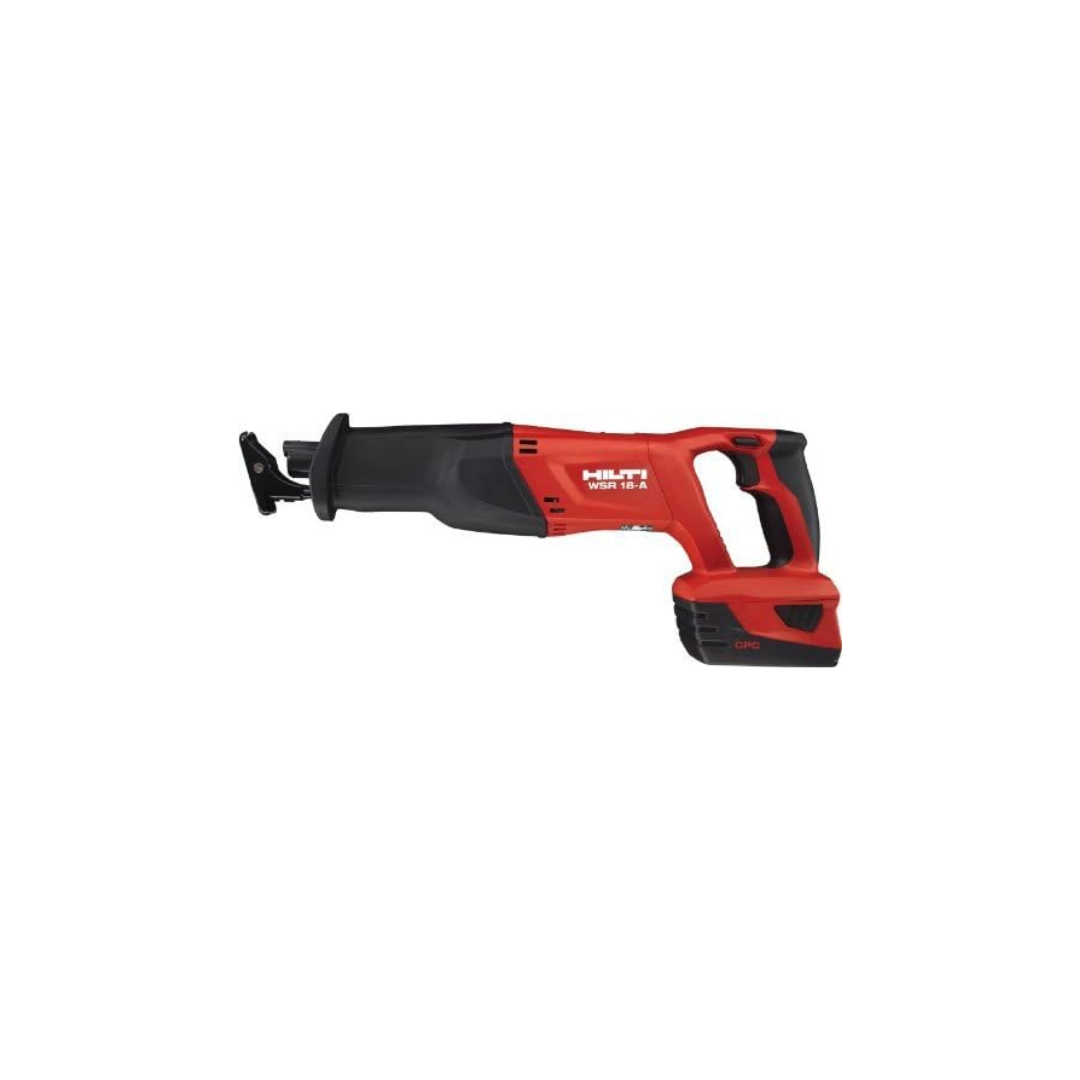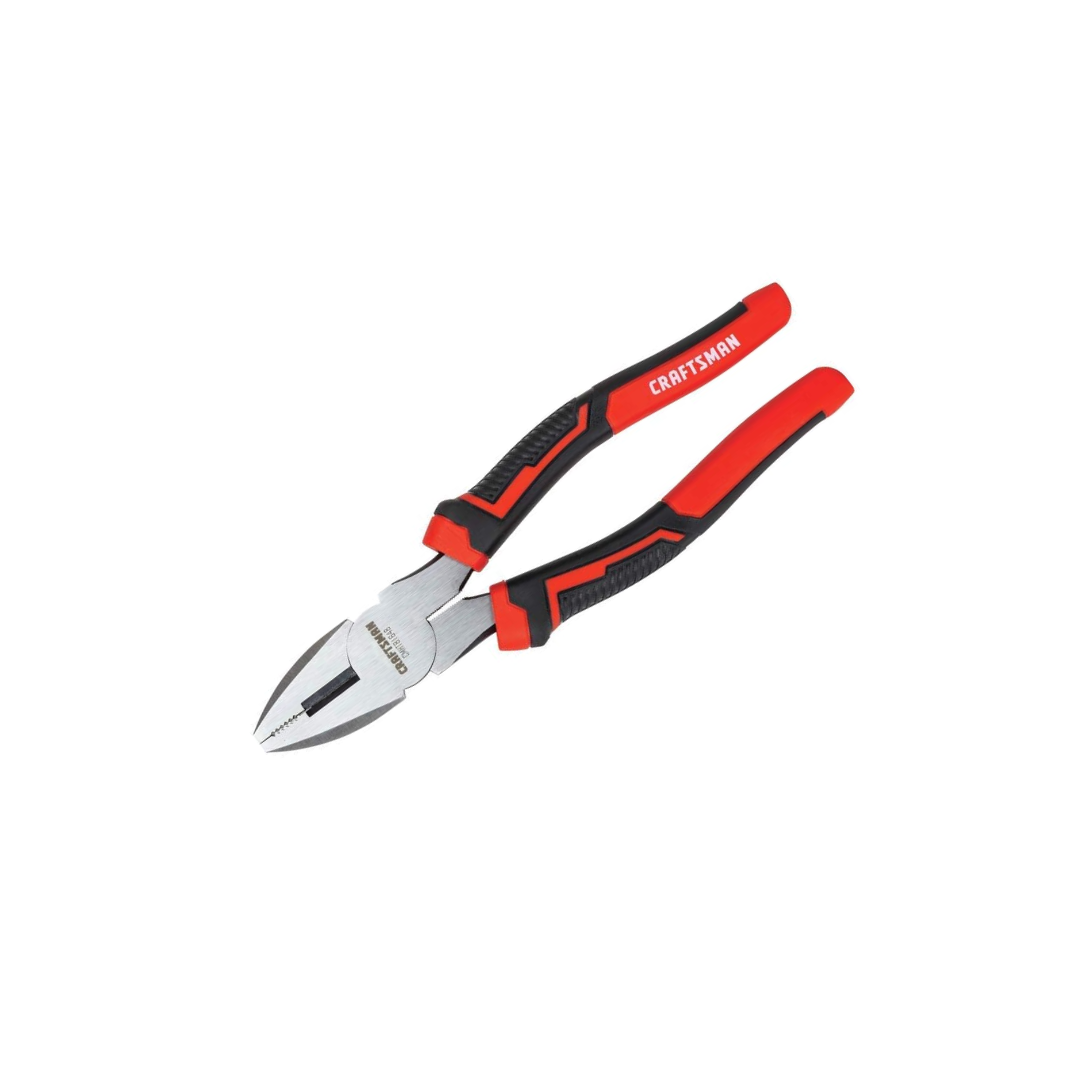We may be compensated if you purchase through links on our website. Our team is committed to delivering honest, objective, and independent reviews on home products and services.
A basement laundry can improve your home’s utility and is a convenient space that eliminates the hassle of visiting a laundromat. In this video, This Old House plumbing and heating expert Richard Trethewey helps a homeowner install a washer and dryer in his newly walled basement and gives insights and expert advice throughout the project. You, too, can add a laundry space to your basement with proper planning for plumbing and electrical work and the right tools. Always consult a professional when necessary and adhere to local building and electrical codes.
Assess and Prepare Your Basement Space
Before installing your laundry, make sure that your basement has the right hookups and access points for a washer and dryer set.
Pick the Right Location
Choose a spot in your basement that’s easily accessible and has enough space for both appliances. Consider the following factors:
- Proximity to existing plumbing and electrical connections
- Adequate ventilation options for the dryer
- Sufficient floor space for the appliances and storage
- Potential for water damage and flooding risks
Check Building Codes and Permits
Familiarize yourself with local building codes and obtain the necessary permits before you start working to ensure compliance with safety regulations and avoid potential legal issues during your project.
Dryer Power Requirements
Make sure that the electrical set-up in your basement can handle a washer and dryer set. Electric dryers typically require a 240-volt outlet. If your basement doesn’t have one:
- Hire a licensed electrician to install a new 240-volt circuit.
- Make sure that the circuit is grounded correctly and meets local electrical codes.
- Use the appropriate gauge wire and circuit breaker for your dryer’s power requirements.
GFCI Protection
Install Ground Fault Circuit Interrupter (GFCI) outlets in your laundry area to protect against electrical shocks in this potentially damp environment. Again, this may require the assistance of an electrician.
Address Drainage Challenges
One of the main challenges in basement laundry installations is proper drainage. The main drain line is typically located above the basement floor level, making gravity-fed drainage impossible. To address this issue, consider installing a laundry pump or sewage ejector system to move wastewater up to the main drain line. In the video above, Trethewey solves this problem with a utility sink pump system.
Tools and Materials for Basement Laundry Installation
You’ll need the following tools and materials to install your basement laundry:
- Drill/driver
- 2 1/2 inch hole saw bit
- Caulk gun
- Reciprocating saw
- Pipe cutter
- Propane torch
- Pliers
- PVC pipes and fittings
- Copper pipes and fittings
- Flexible metal dryer vent tubing
- Washing machine shutoff valve
- Stainless steel hoses
Steps for Installing a Basement Laundry
Step 1: Install the Dryer Vent
Here are the steps to install your dryer vent. Make sure all of the connections are securely tightened and sealed for safe and efficient performance:
- Choose a suitable location on the exterior wall for the vent outlet. Make sure the spot is near the base of the home and free from obstructions.
- Drill a small pilot hole through the wall to mark the spot.
- Use a 2 1/2 inch hole saw to through the house siding and into the basement to make the vent hole.
- Place a bead of caulk around the dryer vent where it connects to the building.
- Secure it to the exterior wall with four screws using a driver.
- Connect the flexible metal dryer vent tubing to the dryer vent using zip screws and a driver.
- Attach an elbow fitting to the dryer end of the vent tubing. This will give you more flexibility in your vent setup.
- Connect the vent tubing to the dryer using a hose clamp.
- Plug your dryer into the 240-volt electrical outlet and push the unit into place.
Step 2: Set Up the Washing Machine
With the dryer installed, follow these steps to set the water and drainage connections for your washing machine:
Choose a Drainage System
To address the challenge of draining a basement washing machine, consider these options:
- Gravity drain: If your main drain line is low enough, you can connect the washer directly to it.
- Laundry pump: Install a pump system under a utility sink to lift wastewater to the main drain line.
- Sewage ejector: For a more comprehensive solution, install a sewage ejector pump below the floor level.
Water Supply Connections
- Find and turn off the main water supply.
- Use a reciprocating saw to cut out a piece of old galvanized pipe.
- Replace the pipe section with a PVC Y-fitting.
- Connect it to the old galvanized pipe using a rubber coupling.
- Locate the existing hot and cold water lines in your basement and cut into these lines using a pipe cutter.
- Replace copper pipe connections with copper pipe T-fittings to create new branch lines for the washer.
- Run new copper pipes from the T-fittings to the washing machine location.
- Apply flux to the joints and solder the connections using a propane torch.
- At the washing machine supply location, install a washing machine shutoff valve.
- Attach stainless steel hoses to the washtub and faucet supply line.
- Hand-tighten them and then adjust them with pliers.
- Connect 1-inch PVC pipes from the washtub to PVC Y-connection and drain line. Install a check valve to prevent discharged water from returning to the pump and a ball valve to control the flow.
Attach the Washing Machine
- Move the washer into place and connect the stainless-steel hoses supply hoses.
- Be sure to throttle down the water pump until it continuously stays on while water is being fed. Otherwise, it will short cycle, which can shorten the pump’s lifespan.
Ventilation and Moisture Control
Your basement laundry should be well-ventilated to prevent moisture buildup and potential mold growth.
Dryer Ventilation
Vent your dryer directly to the outside using rigid metal ductwork. Avoid using flexible plastic ducts, which can trap lint and pose a fire hazard.
Dehumidification
Consider installing a dehumidifier in your basement laundry area to control moisture levels. This can help prevent mold growth and maintain a comfortable and safe environment.
More Tips for Basement Laundry Installation
Below are more tips for basement laundry installation:
Flooring and Noise Reduction
Choose flooring materials that can withstand water spills and resist mold growth. Some ideal options include ceramic tiles, vinyl, and concrete with a protective sealant. Install rubber mats or pads under the washer and dryer to help reduce noise and vibrations and make your basement laundry area more pleasant to use.
Lighting and Accessibility
Install overhead lighting and consider adding task lighting near the washer and dryer to keep the space safe and well-lit. If possible, create a clear and accessible path to the laundry area from the main living spaces to make it easier to move laundry around.
Storage Solutions
To keep your basement laundry area organized, add tables, shelves, cabinets, and bins. Store laundry detergent, fabric softeners, and other essentials within easy reach of the washing machine to keep the space clean and efficient.
Safety Precautions
Below are a few safety precautions to take when installing a basement laundry:
Water Leak Detection
Install water leak detectors near the washing machine to alert you to leaks or floods. These devices can help prevent water damage by giving you an early warning so you can address the issue immediately and avoid further damage.
Fire Safety
Keep a fire extinguisher in an easily accessible place in the basement laundry area. Regularly clean the dryer lint trap and vent to prevent lint buildup, which can be a fire hazard.







